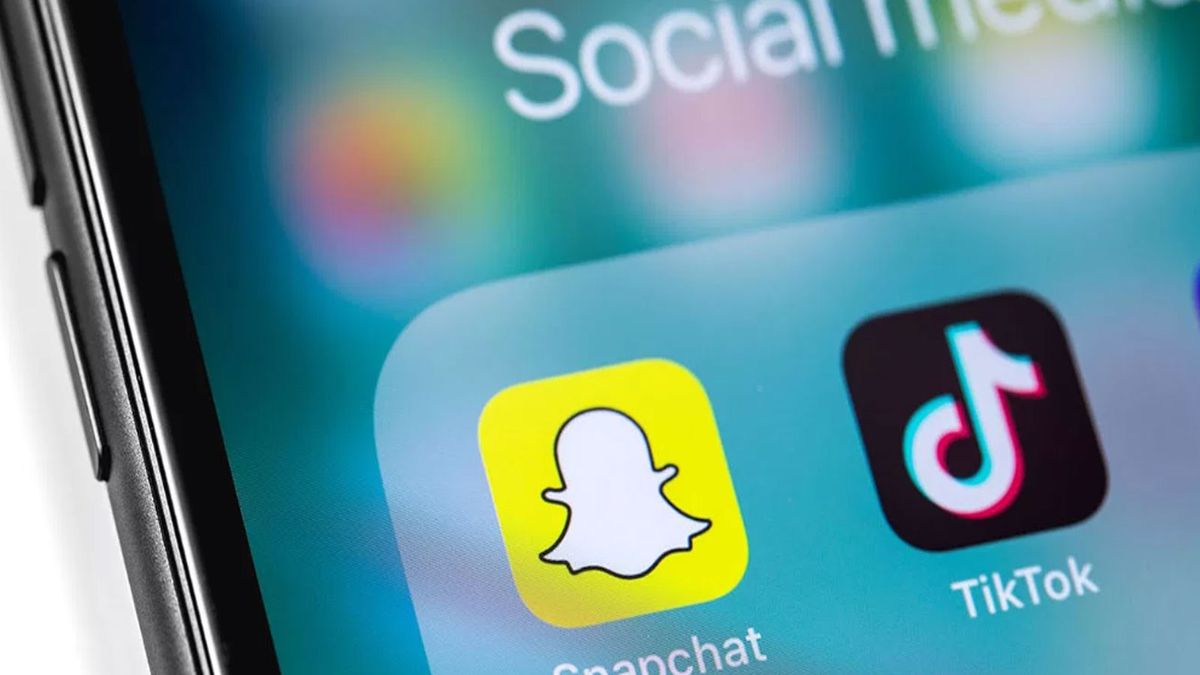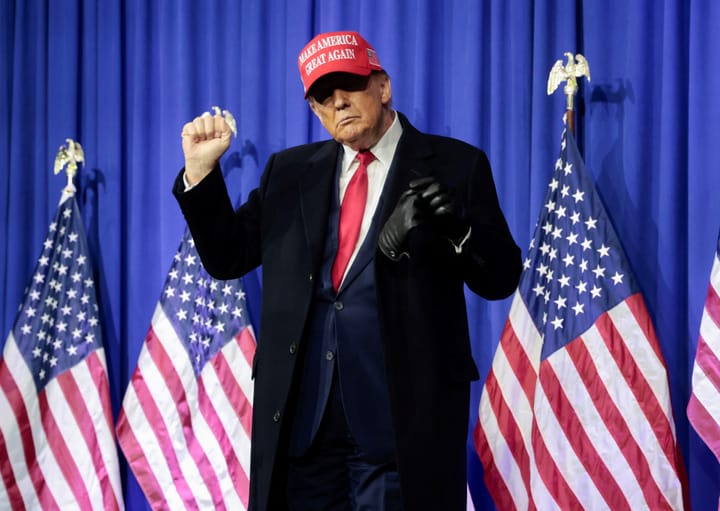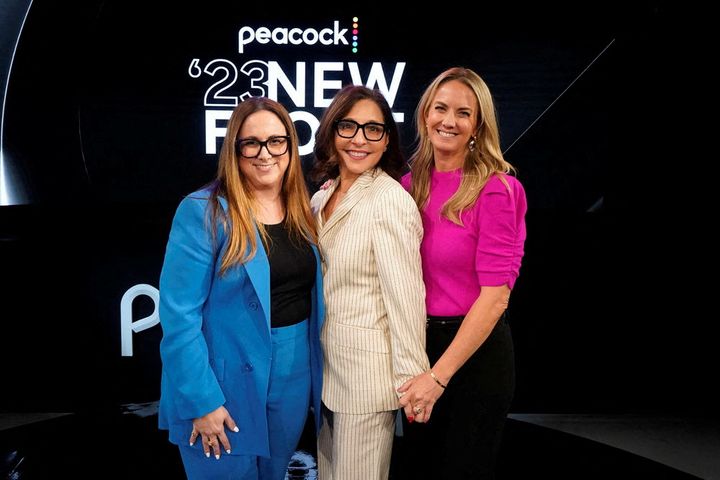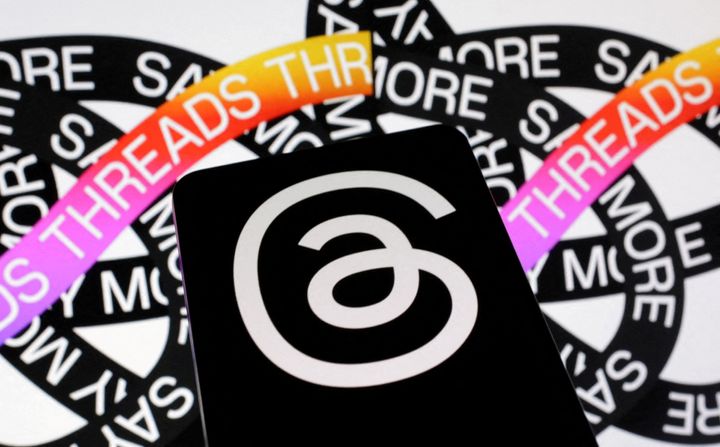TikTok’s uncertain future is good for Snapchat

A few minutes every morning is all you need.
Stay up to date on the world's Headlines and Human Stories. It's fun, it's factual, it's fluff-free.
The increasing uncertainty over TikTok’s future may be coming as a benefit to other social media rivals, with Snapchat posting good figures for August and looking forward to capitalizing on TikTok’s potential demise in the United States.
With President Donald Trump threatening to ban TikTok’s operations in the US on national security grounds, signing an Executive Order to that effect on August 6, TikTok has been forced to divest its US operations.
Despite reports of numerous companies involved in different bids to secure the US operations of the popular social media app, a deal may be further away than ever. New Chinese export rules have thrown the likelihood of any deal up in the air, with ByteDance founder Zhang Yiming reportedly willing to allow China’s authorities to have the final say on any potential deal with a US company.
Amid this uncertainty, rival apps have attempted to capitalize on the space that is increasingly likely to be left open in the wake of TikTok’s ban. None have so far succeeded to the extent TikTok has and Snapchat, long down on its fortunes, will be looking for this opportunity to reverse course.
Uncertainty
TikTok’s uncertain future is not new. The popular social media app has been facing headlines over its future for months and August finally witnessed President Donald Trump’s Executive Orders that would see the app’s operations cease in the US unless an American buyer was found.
TikTok has faced similar scrutiny internationally and was banned in India in June.
American tech giant Microsoft Corp. previously appeared to be the closest to securing a deal for TikTok’s forced-sale, despite rival bids, but now it is uncertain whether any deal at all can be secured.
The divestment of the US (and other countries) operations of TikTok from Chinese-owner ByteDance was complex to begin with. TikTok’s “For You” page, the primary appeal of the app, is powered by ByteDance’s own algorithms and AI, which work to suggest content for users based on their interests.
This algorithm is produced by ByteDance’s own Chinese engineers and it is unlikely that any US deal would include this crucial and closely-guarded software.
Beijing, however, has now made its first formal intervention in the talks, making the complex deal even more unpredictable. China’s authorities quietly updated export rules on AI technology at the end of August, which would require Chinese companies to secure a license before they sell any artificial intelligence-based technology. TikTok’s user experience relies heavily on this software.
The company has already stated it will “strictly follow” China’s new technology export rules and ByteDance’s founder, Zhang Yiming, has begun to reconsider his options in the wake of Beijing’s intervention.
Reports have suggested that the Chinese billionaire may hold off on any sale at all, awaiting a potential change in the US following the November election or pending a court-ruling rejecting President Donald Trump’s ban.
Meanwhile, Trump has remained adamant that a sale will be concluded, stating that ByteDance has until September 15 to make a deal, with adequate compensation to the US Treasury, or the app will be banned within the country.
Snapchat’s misfortune
TikTok’s future hasn’t always faced such uncertainty. Until recently, TikTok was one of the hottest social media platforms available.
In April, TikTok reached two billion global downloads, with 315 million downloads in Q1 2020 alone. Valuations of TikTok, which have proved a sticking point over its impending sale, also show how big the app has become in recent times. ByteDance investors reportedly valued the app at some US$50 billion.
The meteoric rise of TikTok had previously forced other social media rivals, notably Snapchat, on a downward curve.
Snapchat, the social media app that allows users to share “Snaps” – pictures and short videos – with friends, has been witnessing a decline for years. In 2018, when celebrity Kylie Jenner tweeted that she was “sooo over” Snapchat to her then 24.5 million Twitter followers, nearly US$1.3 billion was immediately wiped off of Snapchat’s stock market value.
Jenner’s comments were symptomatic of a growing disinterest in Snapchat more generally. There was an uproar when Snapchat overhauled its app in 2018, with one million users signing a petition demanding the redesign be rolled back.
The unpopular redesign, celebrity departures and many of Snapchat’s features, such as “stories” and “filters,” were soon adopted by rivals – including Instagram, TikTok, Facebook and others – leading to a decay in the app’s user count and overall popularity.
For Q2 and Q3 2018, Snapchat’s daily active user count dropped by millions for the first time ever, mirroring a continual drop over several years in the share price of its parent company, Snap Inc.
Shona Ghosh of Business Insider argued in 2019 that Snapchat was also struggling against rising players in the social media business, including TikTok, as Snapchat was unable to “show users that it’s useful as well as cool.”
Replacements
Yet TikTok’s future, with China’s intervention in the sale making a ban more likely, has opened the door for competitors, including Snapchat, to fill the hole left behind.
Instagram, the photo-sharing app, took the initiative in August, launching its attempt to fill the soon-to-be TikTok-shaped hole in the social media market by launching “Reels.” With Reels, Instagram released a feature similar in many respects to TikTok, allowing creators to produce short-form videos set to musical backing, like TikTok, to be shared with friends or the wider Instagram community.
Reels’ release was less than well-received, however. Taylor Lorenz, internet culture writer at The New York Times described it as “the worst feature I’ve ever used,” arguing that “not only does Reels fail in every way as a TikTok clone, but it’s confusing, frustrating and impossible to navigate.”
TikTok creators and social media influencers have also been hesitant to move over to Reels. Many have simply been repurposing content made on other platforms, such as TikTok, to be uploaded onto Instagram’s Reels, with others citing a lack of revenue to be made from Instagram’s new feature, unlike TikTok’s Creator Fund, for their hesitancy in jumping ship.
Other TikTok alternatives exist in the form of Triller, Byte, Dubsmash and other smaller players. Though these apps have all seen an increase in downloads and users as a result of TikTok’s uncertain future, none currently match the size or scope of TikTok and many suffer from the issue of repurposed content on their platforms. As a result, there is no likely immediate alternative to be found for TikTok.
Within this void soon to be created by a banned TikTok in the US, Snapchat has been staging a comeback, one that so far has shown signs of working.
August was one of Snapchat’s best-ever months for first-time downloads, with 28.5 million new installs over the month. According to analysts Sensor Tower, Snapchat’s downloads for August 2020 were up a significant 29% over the previous year.
Like Instagram, Snapchat is also attempting to take a slice of TikTok’s audience should the platform disappear. In August, Snapchat announced plans for a new music powered feature, appealing to TikTok fans, that would let Snapchat users set their Snaps to music, using licensed music from industry partners.
Though Snapchat’s attempt to profit off of TikTok’s demise is in its early stages, with TikTok still very much alive for the time being, it is not hard to see why this comeback could succeed.
Snapchat reaches 90% of all 13 to 24-year-olds in the US, which is more than Facebook, Messenger and Instagram combined. 60% of TikTok users are aged between 16 and 24, a predominantly young audience. That’s a demographic matchup that favors Snapchat’s attempts to pull from this audience.
Snapchat has envisioned an exploitable gap in the market should TikTok’s ban go through and has already begun to entice TikTok users back to Snapchat with its newly announced features.
Although recent figures for Snapchat have been positive, the flat reception enjoyed by Instagram’s Reels and the divided market of TikTok clones shows that building a platform to replace that enjoyed by some 80 million monthly active users in the US will be no easy task and will have no guarantees of success.
Have a tip or story? Get in touch with our reporters at tips@themilsource.com




Comments ()